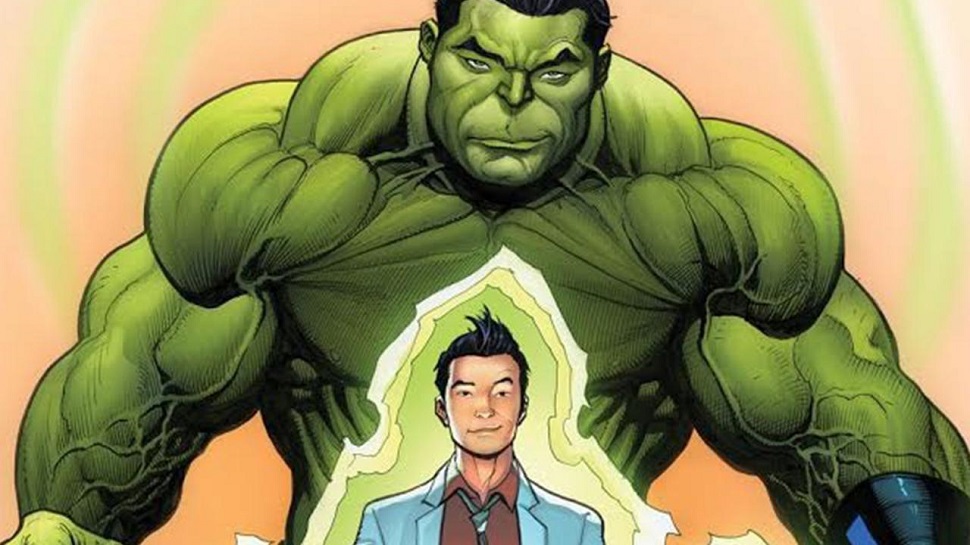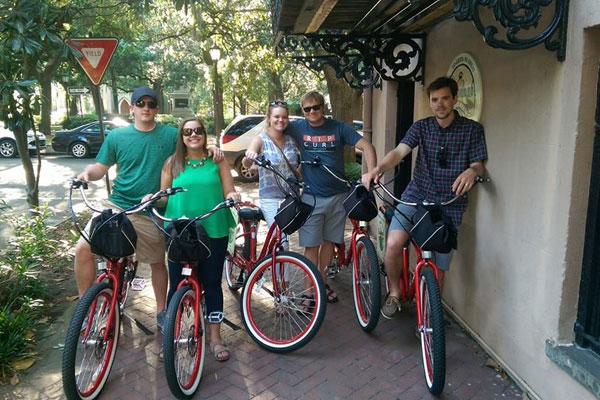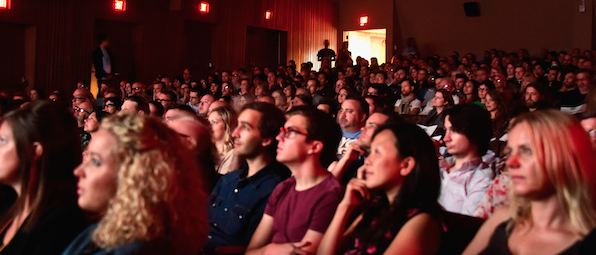Tattoos are popular at Bryn Mawr, particularly stick and poke style
 By Rachael Lightstone
By Rachael Lightstone
Frankie Bliss looks like a stereotypical hipster-style college student. She wears denim overalls and an oversized jacket; choppy blonde bangs fall messily over her thick-rimmed glasses. The tiny tattoos which speckle her arms catch the eye as she lifts her hands to make a point or to brush away a stray bit of hair.
A multitude of bees dot her left arm. Tiny flowers and designs speckle the other. A miniature skateboard adorns one wrist, and a line drawing of the famous painting The Kiss peeks out from her sleeve. Bliss reported that she wasn’t sure exactly how many tattoos she has, but it was up to fifteen.
“Not many of mine have really significant meaning to me, other than I just really like them”, she said. “I think it’s a really cool representation to have things I love visibly on my skin… I love them and they help me love myself more.”
Bliss is not alone. Today, it is fairly common for young adults to have tattoos. A 2010 report from the Pew Research Center found that nearly 40% of millennials had a tattoo, and most of them had more than one. And according to the National Institute of Health, almost three-quarters of tattooed people got their first ink during the traditional college years, 18 to 22 years of age.
Bryn Mawr students’ reasons for getting tattoos vary as much as the people themselves. Cassandra Paiz, class of 2021, chose hers from her favorite artist’s Facebook page offering half-off on certain designs. Cassie Paul, class of 2018, got hers as a memorial to her dog that passed away. Anna West, class of 2021, chose her favorite flower as a reminder of home.
For many of them, empowerment was the major force behind their choice.
“I’ve always been really into reclamation of your body and your skin,” Bliss said, “because I’ve always felt very uncomfortable with my body image and myself, and I felt like one really good way to do that was through putting art that I liked on my body.”
Some students, who asked to remain unnamed, said they placed tattoos over self-harm scars as a way of healing and reclaiming that part of the body.
For West, getting a tattoo was the perfect way to heal after a bad break-up. “Honestly, I’ve been through lots of therapy, but that’s the best way I’ve found,” she quipped. “The most therapeutic was just getting a tattoo.







 By Steve Lehman
By Steve Lehman
 Public libraries have added computers, wifi, access to printing services, and digital literacy programs to the core of their services. Unsurprisingly, with such additions to the library, visitors continue to stream in and the data is there to back it up. In 2012, the American Library Association found that there was a 54.4% increase in visitors to public libraries over the past ten years.
Public libraries have added computers, wifi, access to printing services, and digital literacy programs to the core of their services. Unsurprisingly, with such additions to the library, visitors continue to stream in and the data is there to back it up. In 2012, the American Library Association found that there was a 54.4% increase in visitors to public libraries over the past ten years. By Yuqi Zha
By Yuqi Zha
